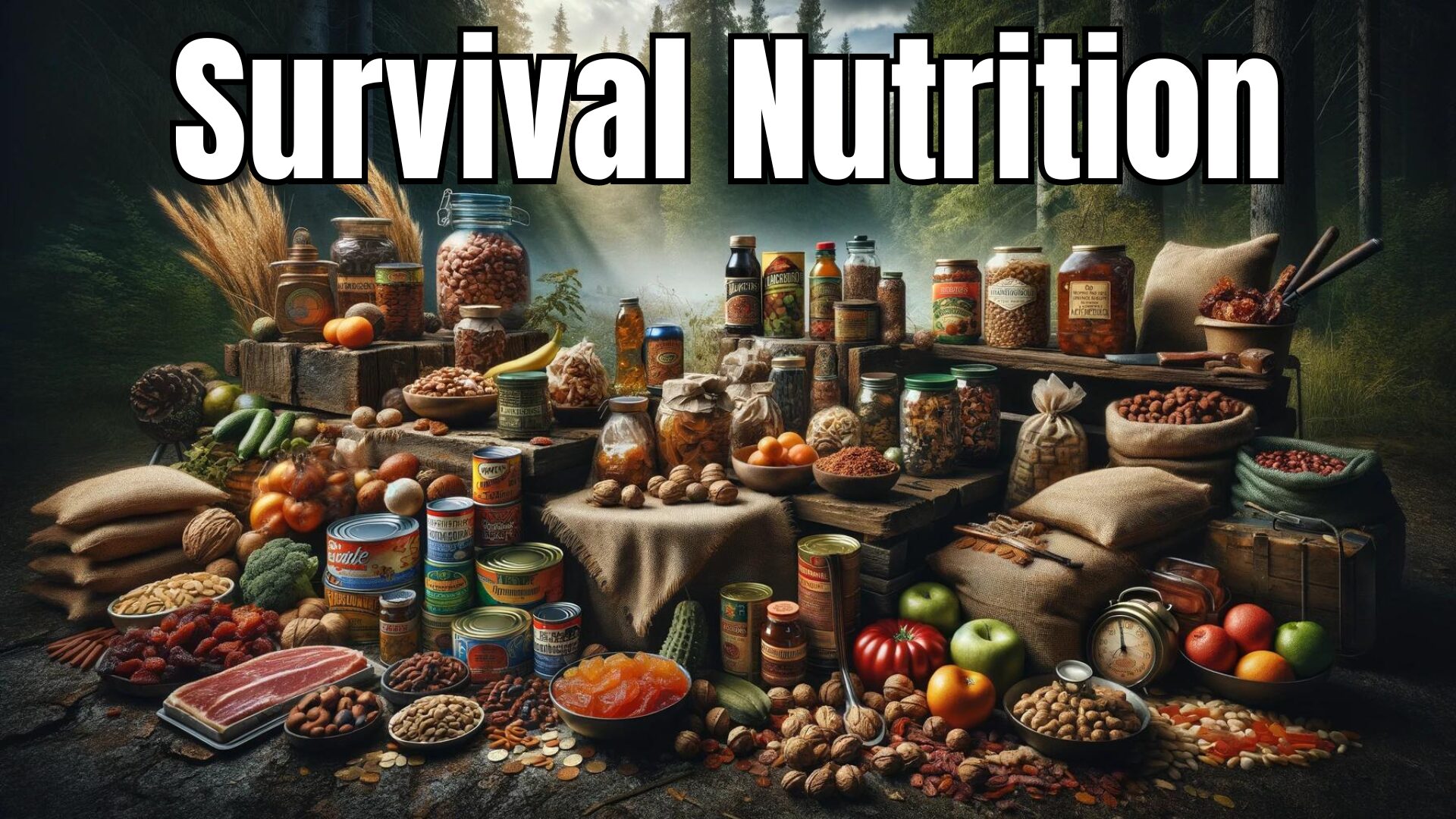In the face of survival, understanding the intricacies of nutrition is not just beneficial—it’s crucial.
The right blend of nutrients can mean the difference between merely enduring and truly thriving, even in the toughest situations.
Table of Contents
Key Takeaways:
- Balanced Nutrition: Emphasize the importance of a well-rounded diet rich in essential vitamins, minerals, and macronutrients for optimal health and survival.
- Identifying Deficiencies: Recognize the signs of nutrient deficiencies early on to prevent adverse health effects.
- Dietary Planning: Practical tips and strategies for maintaining a balanced diet with limited resources, focusing on plant-based options and simple swaps for nutritional enhancement.
Essential Nutrients for Survival: A Comprehensive Overview
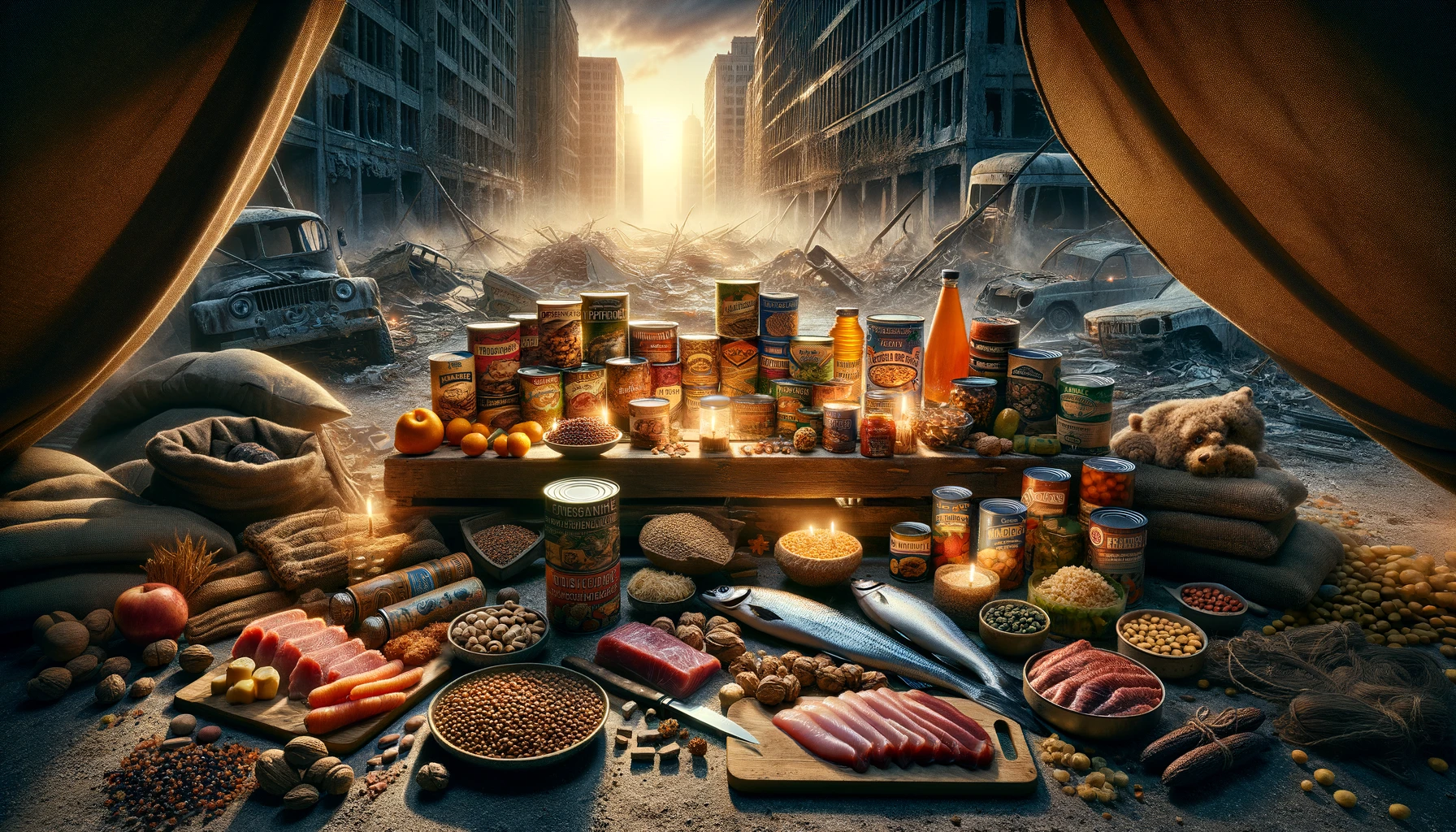
Why Nutrients Matter in Survival
In a survival situation, the food you consume is not just about satisfying hunger; it’s about providing your body with the necessary nutrients to function optimally.

Balancing your diet becomes crucial to ensure you are getting the right vitamins, minerals, and macronutrients to survive.
Without this balance, the risk of deficiency can impede your ability to thrive.
| Vitamin | Primary Function |
|---|---|
| A | Supports vision, immune function, and skin health |
| C | Acts as an antioxidant, boosts immune system, and aids in wound healing |
| D | Facilitates calcium absorption, supports bone health, and regulates immune function |
| E | Acts as an antioxidant, protects cells from damage, and supports immune function |
| K | Essential for blood clotting, bone metabolism, and cardiovascular health |
The Vital Role of Essential Nutrients
Nutrition is essentially the fuel that keeps us going.
Vitamins like A, C, and D, along with minerals such as calcium and iron, are indispensable for our overall well-being.
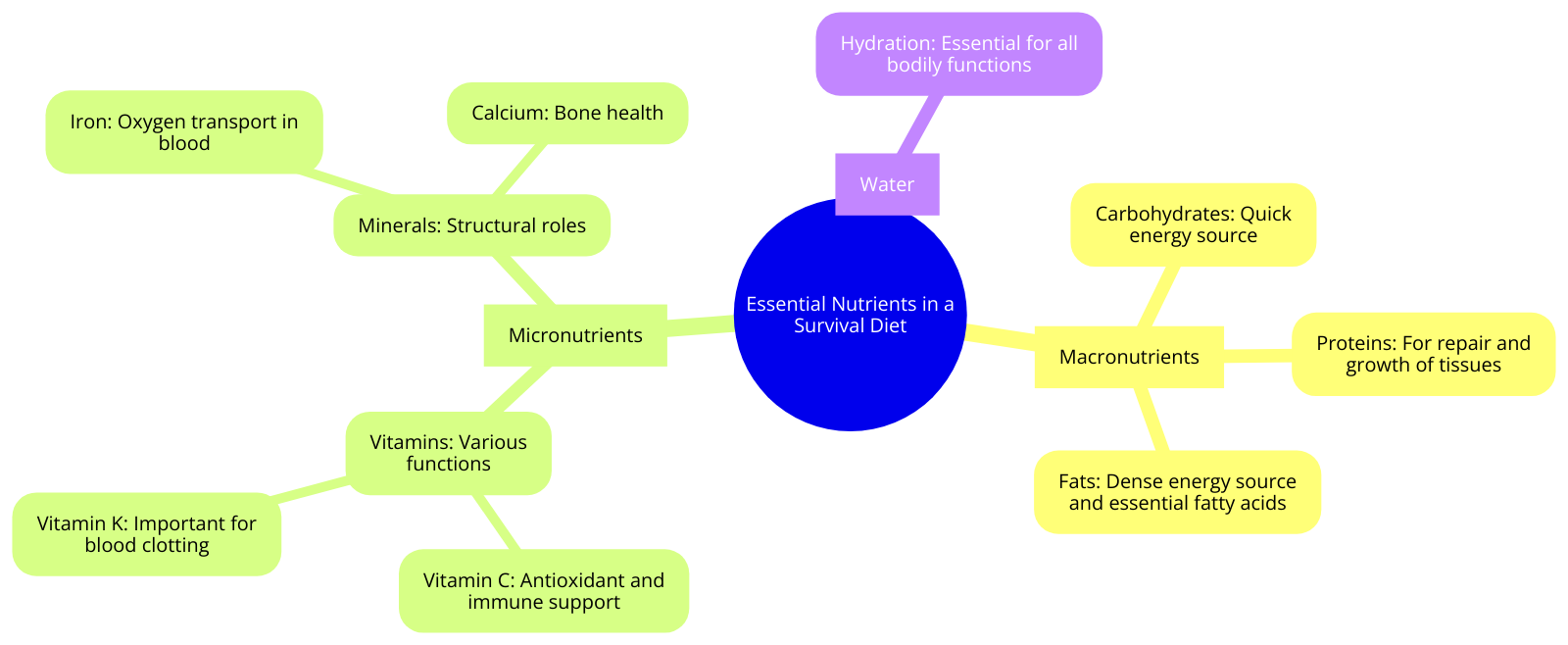
Moreover, fats are not the enemy; fats play a significant role in energy storage and absorption of fat-soluble vitamins. It’s all about finding the right balance between nutrient intake to avoid any deficiency.
Balancing Your Diet: The Key to Nutritional Survival
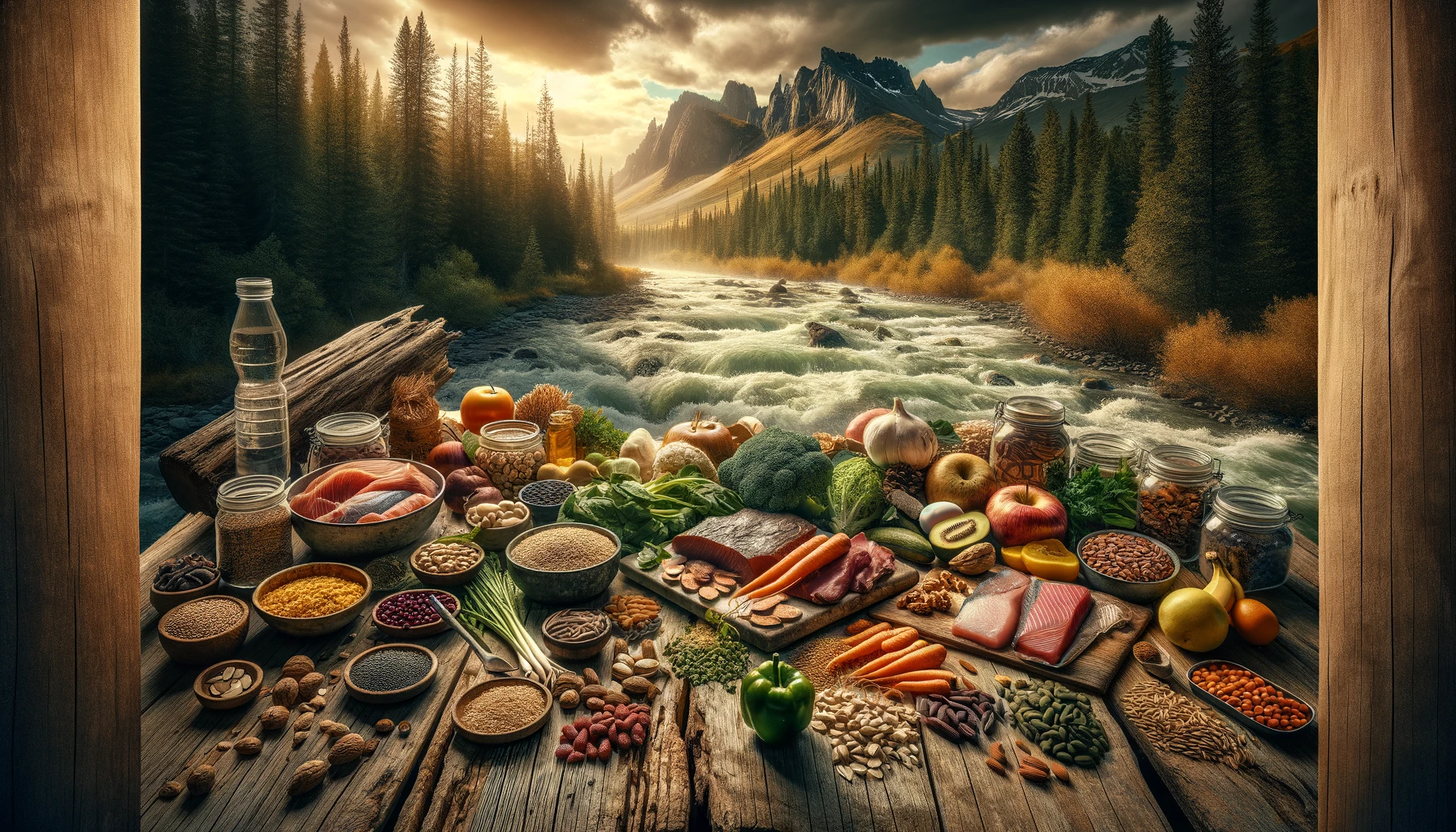
Understanding the Basics
When it comes to nutritional survival, our bodies need a variety of nutrients to function optimally.
A balanced diet is crucial, incorporating a mix of calories, proteins, fruits, vegetables, fatty acids, and minerals.
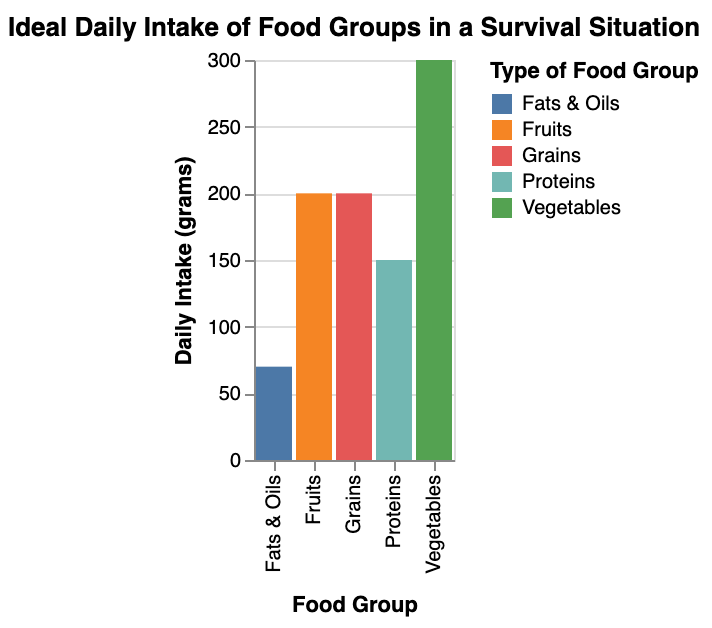
Each meal should be a combination of nutritious foods to provide the necessary fuel and elements that our body needs.
| Food | Calories (kcal) per 100g | Protein (g) per 100g | Fat (g) per 100g | Carbohydrates (g) per 100g | Fiber (g) per 100g |
|---|---|---|---|---|---|
| Almonds | 579 | 21.1 | 49.9 | 21.7 | 12.5 |
| Sunflower Seeds | 584 | 20.8 | 51.5 | 20.0 | 8.6 |
| Lentils | 116 | 9.0 | 0.4 | 20.1 | 7.9 |
| Chicken Breast | 165 | 31.0 | 3.6 | 0.0 | 0.0 |
| Peanut Butter | 589 | 25.1 | 50.3 | 20.0 | 6.9 |
| Quinoa | 120 | 4.4 | 1.9 | 21.3 | 2.8 |
| Canned Tuna | 128 | 26.5 | 0.6 | 0.0 | 0.0 |
| Black Beans | 339 | 21.6 | 1.4 | 62.4 | 16.3 |
Practical Tips for Balancing
- Include a source of protein in every meal, such as nuts, seeds, legumes, or lean meats.
- Opt for a colorful plate by adding a variety of vegetables and fruits to get a range of vitamins and minerals.
- Limit fatty and processed foods, focusing on whole foods that prevent nutrient deficiencies.
- Ensure your caloric intake matches your energy expenditure to maintain a healthy weight and sustain your body functions.
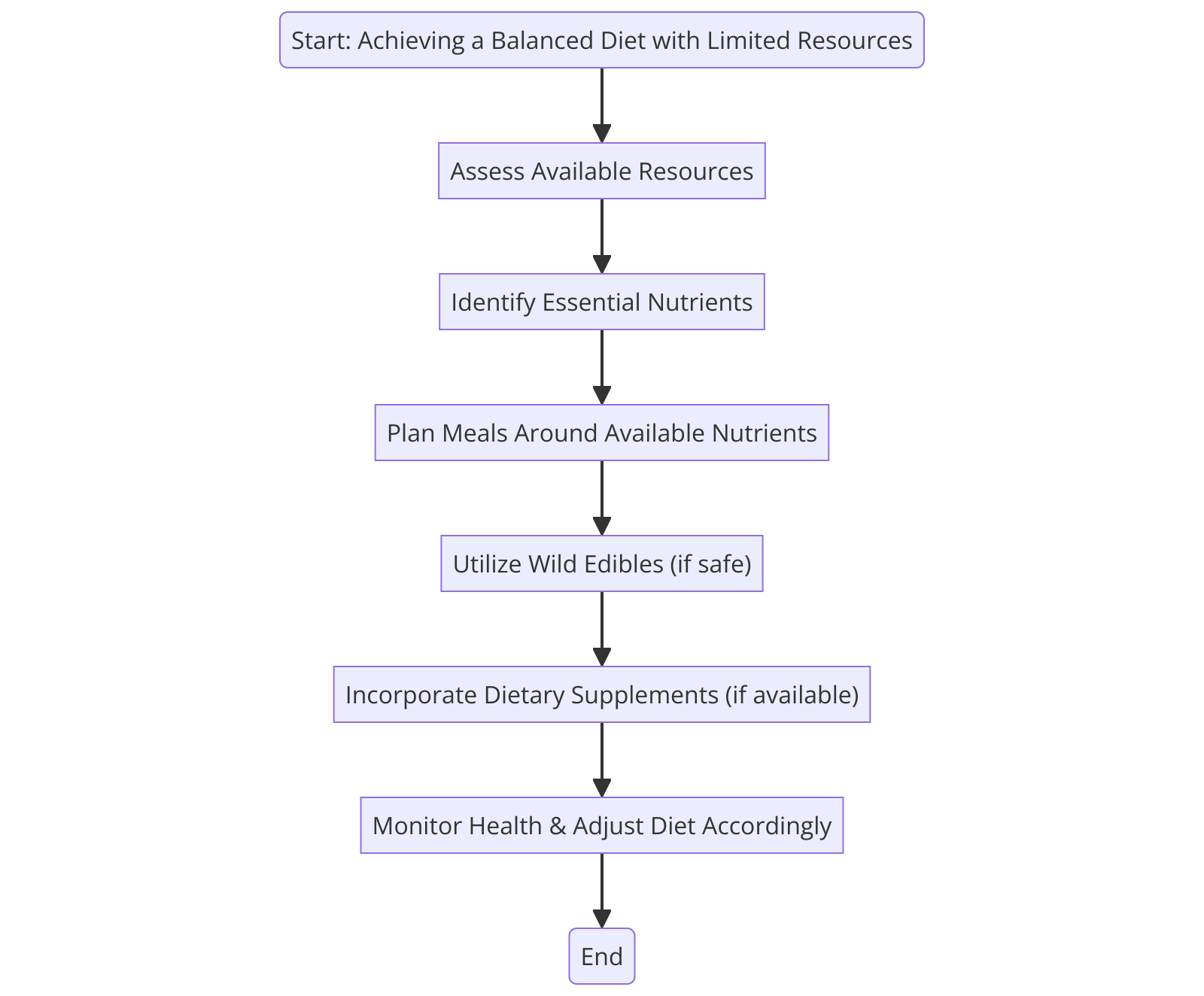
Identifying and Overcoming Nutrient Deficiencies

Recognizing the Signs
In a long-term survival situation, it’s crucial to be aware of potential nutrient deficiencies that can arise due to limited food resources.
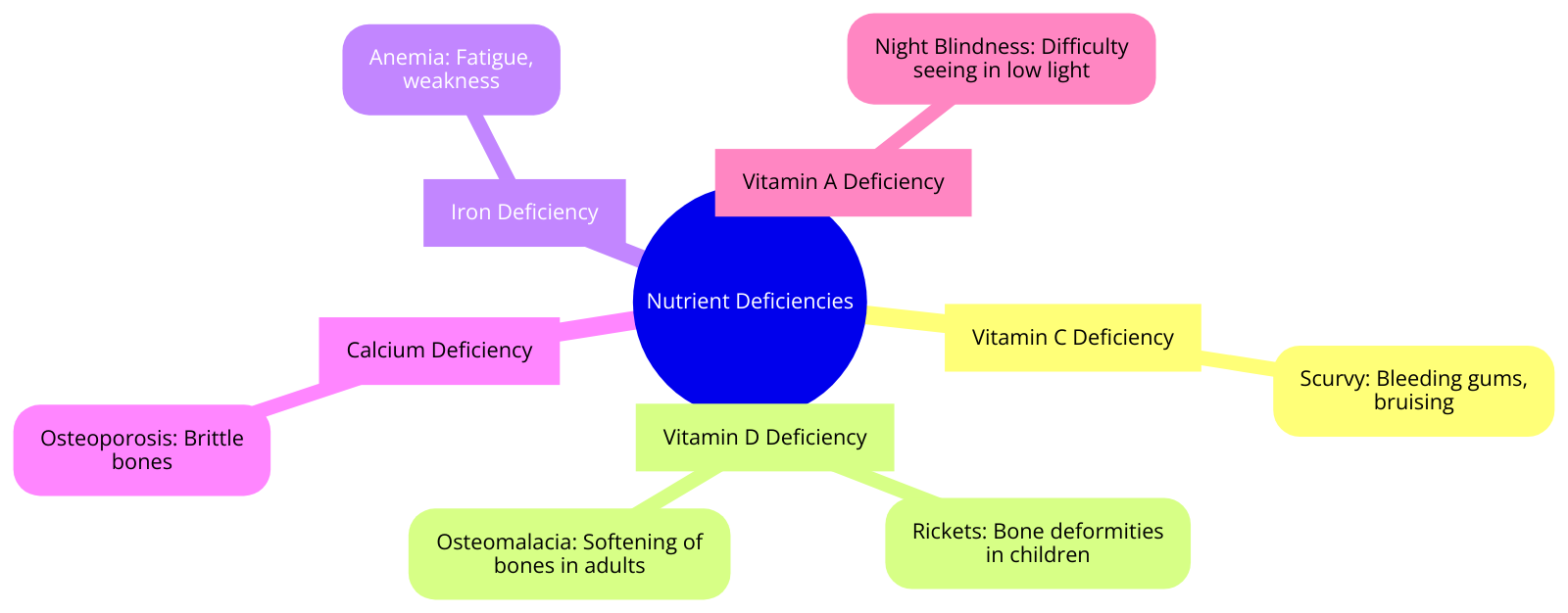
Symptoms such as fatigue, weakness, and muscle cramps could indicate a lack of vitamin B12 or other essential nutrients.
To combat this, I recommend regularly assessing your diet and including a variety of foods rich in these vital components.
| Nutrient | Deficiency Symptoms | Food Sources to Combat Deficiency |
|---|---|---|
| Vitamin A | Night blindness, dry skin, weakened immune system | Carrots, sweet potatoes, spinach, liver, eggs |
| Vitamin C | Scurvy (bleeding gums, fatigue, weakness) | Citrus fruits, strawberries, bell peppers, broccoli |
| Vitamin D | Weak bones, muscle weakness, depressed mood | Fatty fish (salmon, tuna), fortified dairy products |
| Iron | Anemia (fatigue, weakness, pale skin) | Red meat, poultry, lentils, spinach, fortified cereals |
| Calcium | Weak bones, tooth decay, muscle cramps | Dairy products, leafy greens, fortified foods |
| Vitamin B12 | Anemia, nerve damage, fatigue | Meat, fish, dairy products, fortified cereals |
| Vitamin K | Excessive bleeding, bruising | Leafy greens (kale, spinach), broccoli, liver |
Taking Action
To decrease the risk of deficiencies, focus on incorporating whole grains, such as brown rice or quinoa, into your dietary plan.
These cereal options are packed with essential nutrients and can help sustain your energy levels over time.
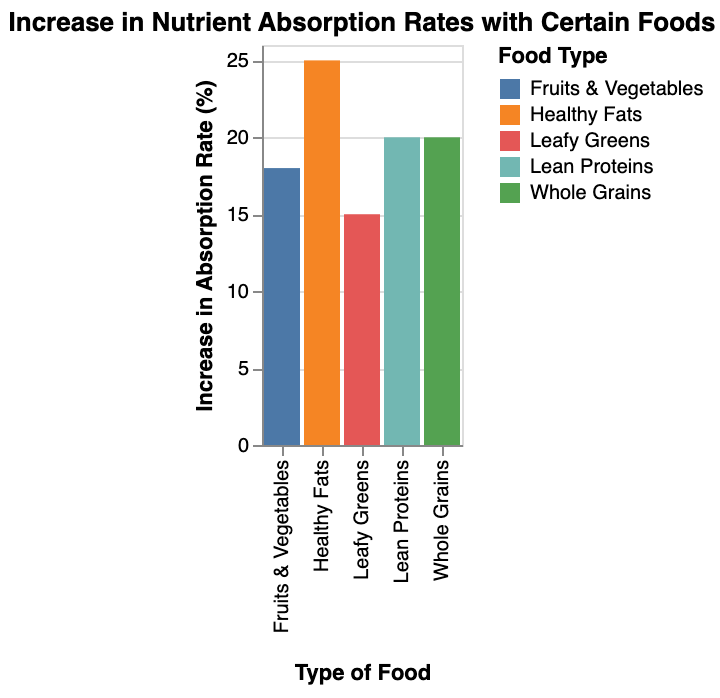
Consider including healthy fats like avocados and nuts to promote overall well-being.
Remember, a diverse diet is key to overcoming nutrient deficiencies in challenging environments.
The Role of Fats and Carbohydrates in a Survival Diet
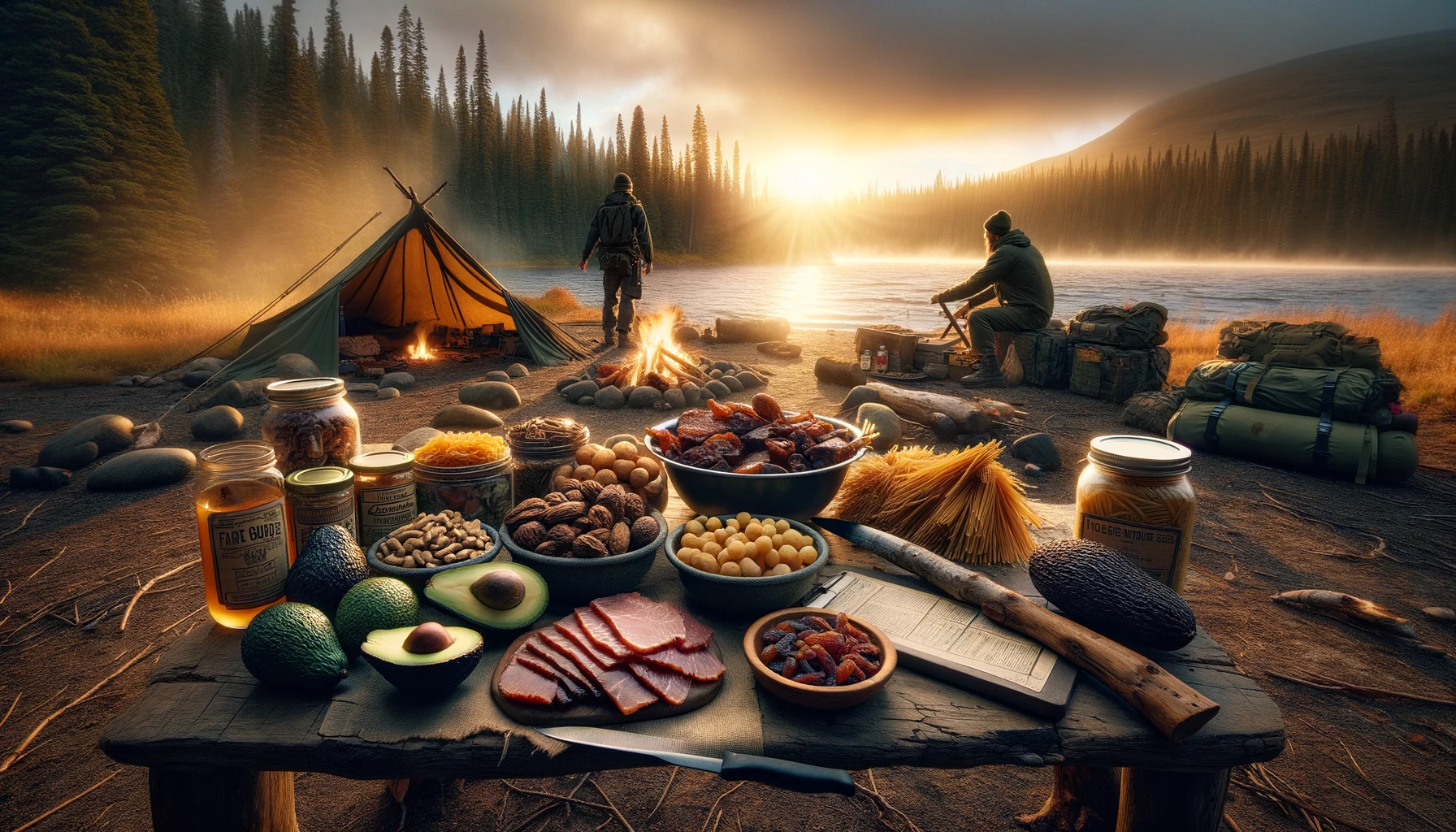
Importance of Balancing Fats and Carbohydrates
Fats and carbohydrates play a crucial role in sustaining energy levels during survival situations.
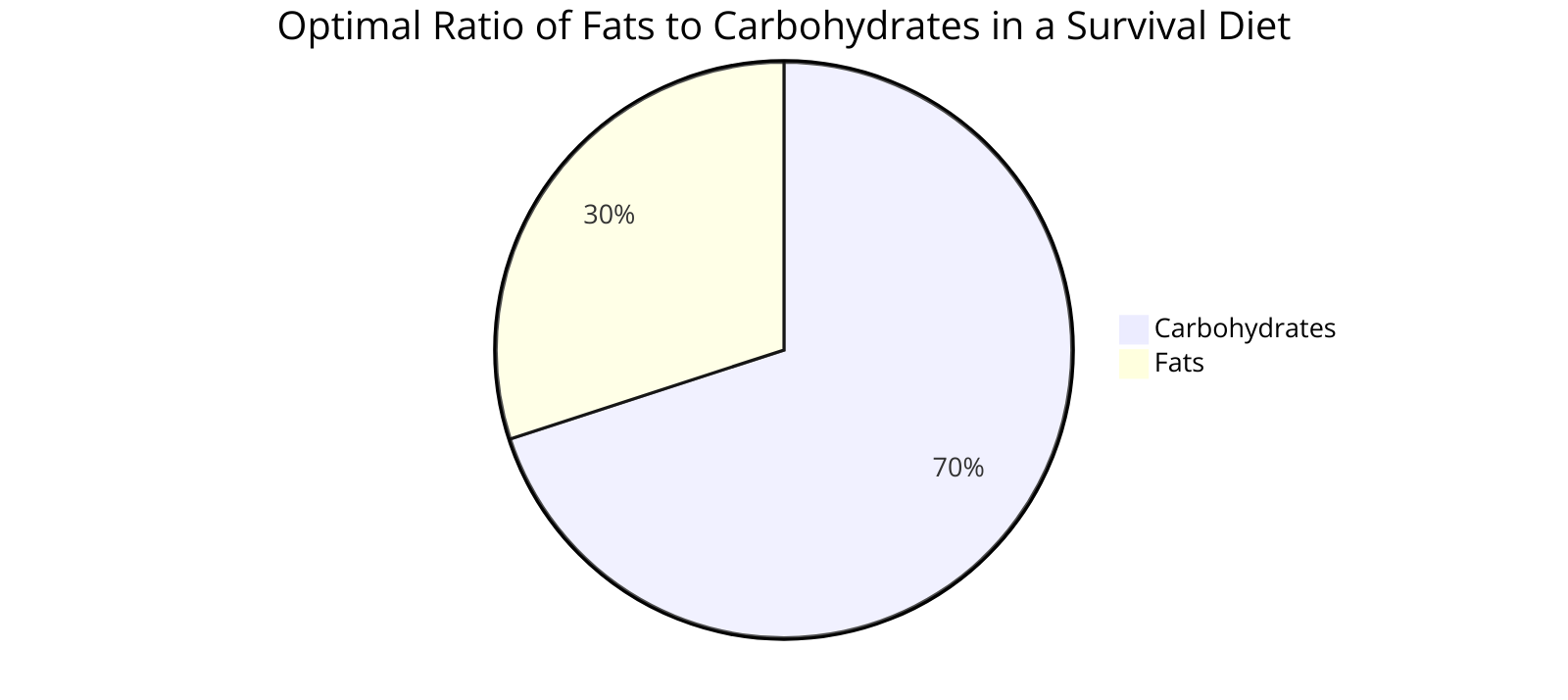
Fats, such as those found in avocados and nuts, are essential for providing concentrated energy that can fuel your body over an extended period of time.
On the other hand, carbohydrates, like those in potatoes and whole grains, are quick energy sources that can be easily digested and utilized by the body.
| Nutrient | Food Source | Caloric Content (kcal per 100g) |
|---|---|---|
| Fats | Avocado | 160 |
| Nuts (almonds, walnuts) | 570-660 | |
| Olive Oil | 884 | |
| Salmon | 206 | |
| Carbohydrates | Quinoa | 120 |
| Sweet Potato | 86 | |
| Oats | 389 | |
| Brown Rice | 123 |
Nutrient Deficiencies and Health Risks
However, consuming an excessive amount of fats or carbohydrates can lead to health risks.
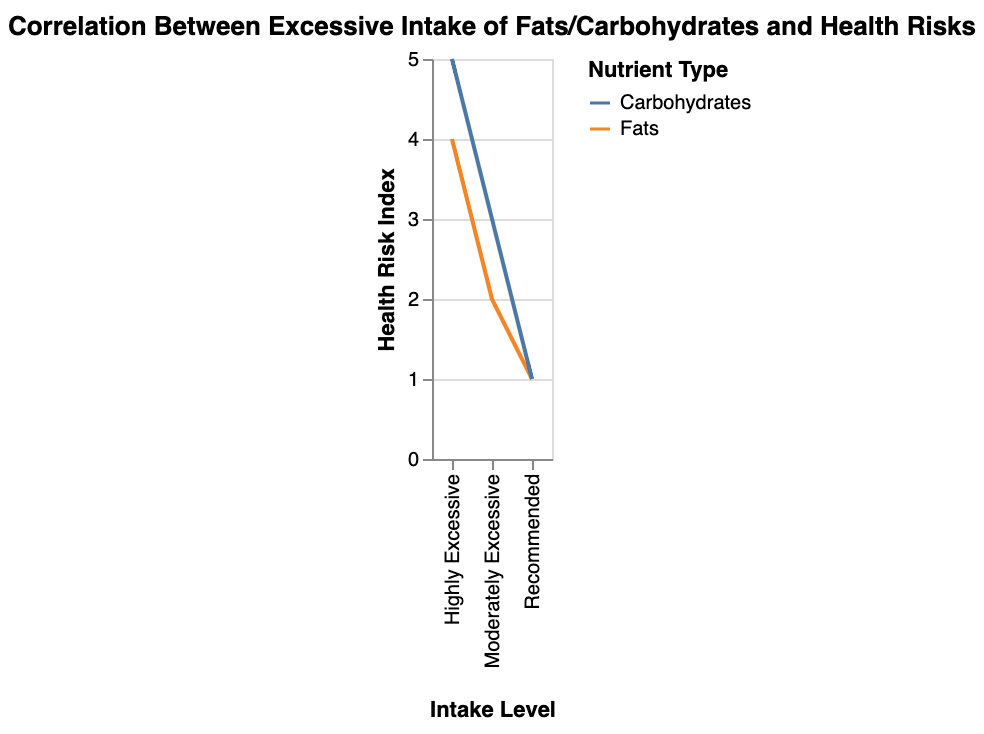
For instance, a diet high in unhealthy fats can increase the risk of heart disease and obesity, while excessive carbohydrate consumption may result in blood sugar fluctuations.
Moreover, relying solely on carbohydrates from sources like potatoes without incorporating a variety of nutritious foods rich in vitamin C, calcium, and cobalamin may lead to nutrient deficiencies that could result in disorders.
Nutritional Strategies for Long-Term Survival

The Role of Amino Acids in Thriving
Amino acids play a critical role in sustaining our bodies during long-term survival situations.
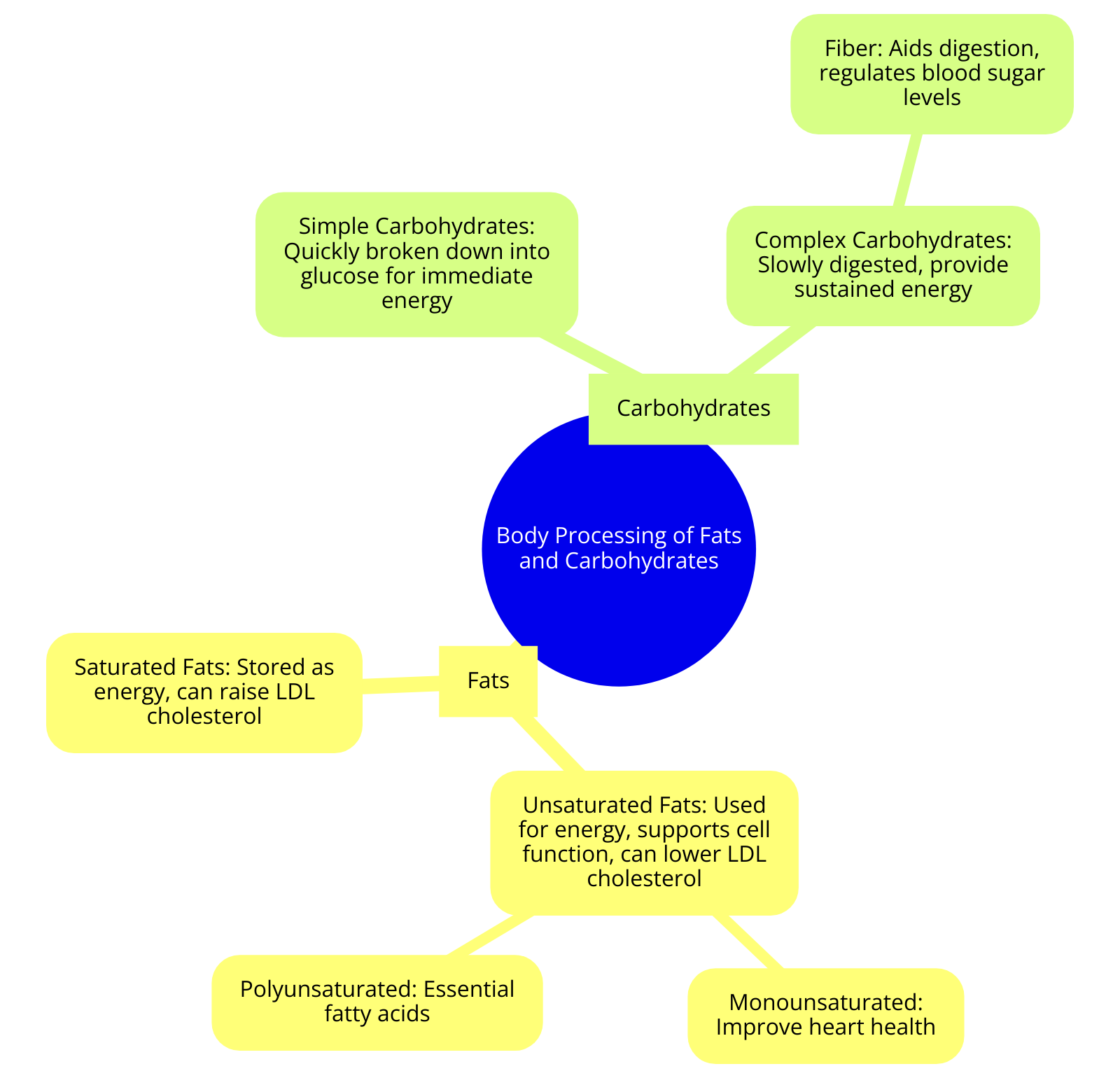
When food resources are scarce, consuming protein-rich seeds such as rye can provide essential amino acids necessary for overall health.
These building blocks are vital for muscle maintenance and repair, ensuring that one can endure the physical demands of survival scenarios.
| Seed | Protein Content (per 100g) | Amino Acid Profile |
|---|---|---|
| Chia Seeds | 17g | High in essential amino acids: lysine, histidine, and arginine |
| Hemp Seeds | 31g | Contains all 9 essential amino acids, particularly high in arginine |
| Pumpkin Seeds | 30g | High in tryptophan, phenylalanine, and tyrosine |
| Flaxseeds | 18g | Rich in lysine, arginine, and glutamic acid |
| Sesame Seeds | 17g | Good source of methionine, cysteine, and arginine |
Balancing Exercise and Nutrition for Success
According to the National Institutes of Health, engaging in regular physical activity can enhance the body’s ability to utilize nutrients efficiently.
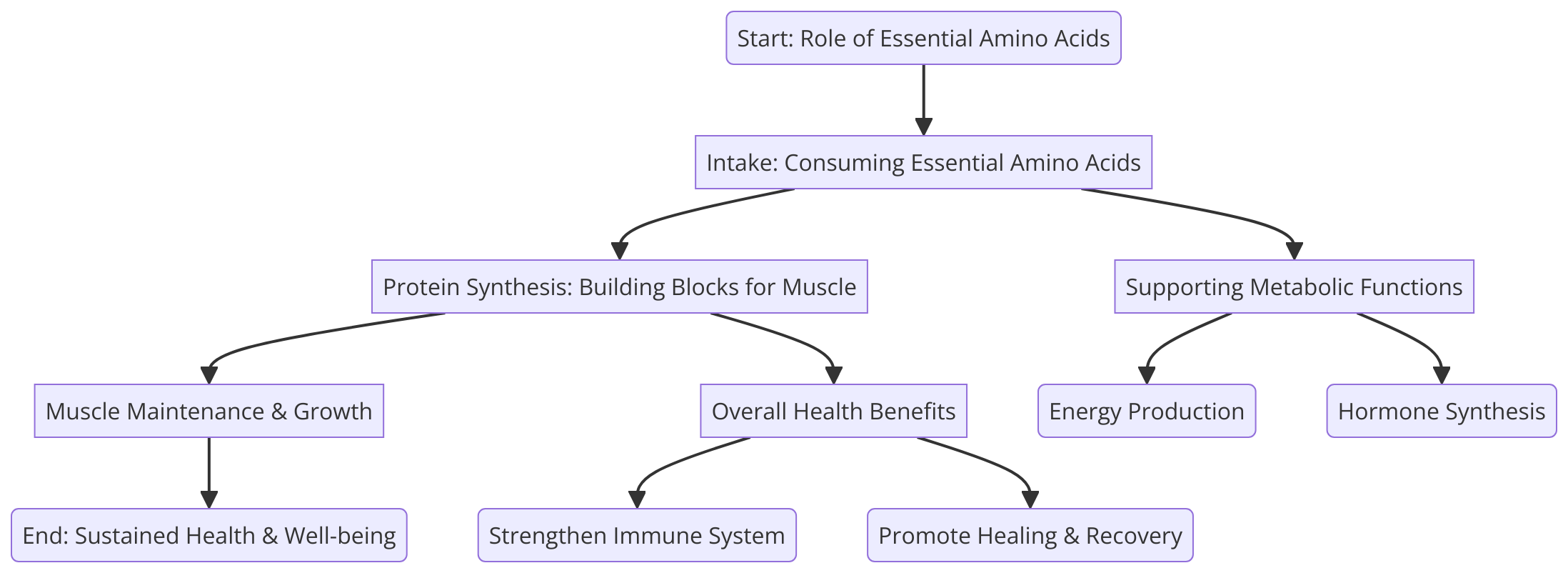
Avoiding saturated fats that can contribute to weight gain and focusing on sources of niacin can support optimal cellular function and overall endurance.
Creating a Balanced Diet with Limited Resources

Opt for Plant-Based Options
When dealing with limited resources, plant-based foods can be a great choice for a balanced diet.
Berries, for instance, are rich in antioxidants, which are crucial for a healthy immune system.
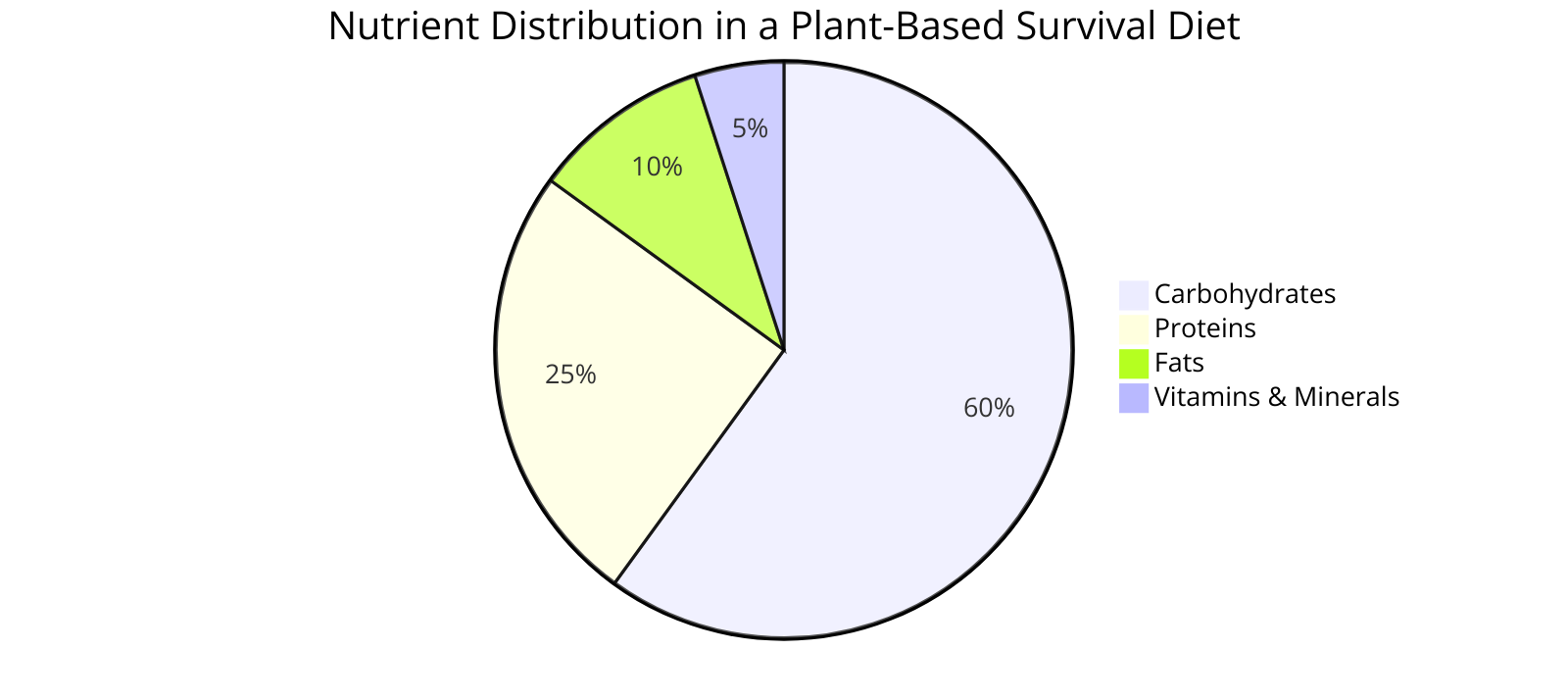
You can also look into enriched flour, which contains added thiamine to support cognitive function.
Instead of butter, consider using margarine to enrich your diet with essential nutrients like omega-3 fatty acids.
| Nutrient | Plant-Based Option (per 100g) | Non-Plant-Based Option (per 100g) |
|---|---|---|
| Protein | Lentils: 9g | Chicken Breast: 31g |
| Tofu: 8g | Beef Steak: 26g | |
| Quinoa: 4.4g | Salmon: 20g | |
| Almonds: 21g | Eggs: 13g | |
| Calcium | Kale: 150mg | Milk: 125mg |
| Tofu: 350mg | Yogurt: 121mg | |
| Iron | Lentils: 3.3mg | Beef Steak: 2.6mg |
| Spinach: 2.7mg | Chicken Breast: 0.7mg | |
| Omega-3 Fatty Acids | Chia Seeds: 17g | Salmon: 2.2g |
| Walnuts: 9g | Tuna: 0.8g | |
| Vitamin B12 | Fortified Nutritional Yeast: 2.4mcg | Chicken Liver: 85.7mcg |
| Fortified Plant Milk: 0.4mcg | Beef Liver: 70.7mcg |
Make Simple Swaps
Substituting ingredients can go a long way in creating a balanced diet with limited resources.
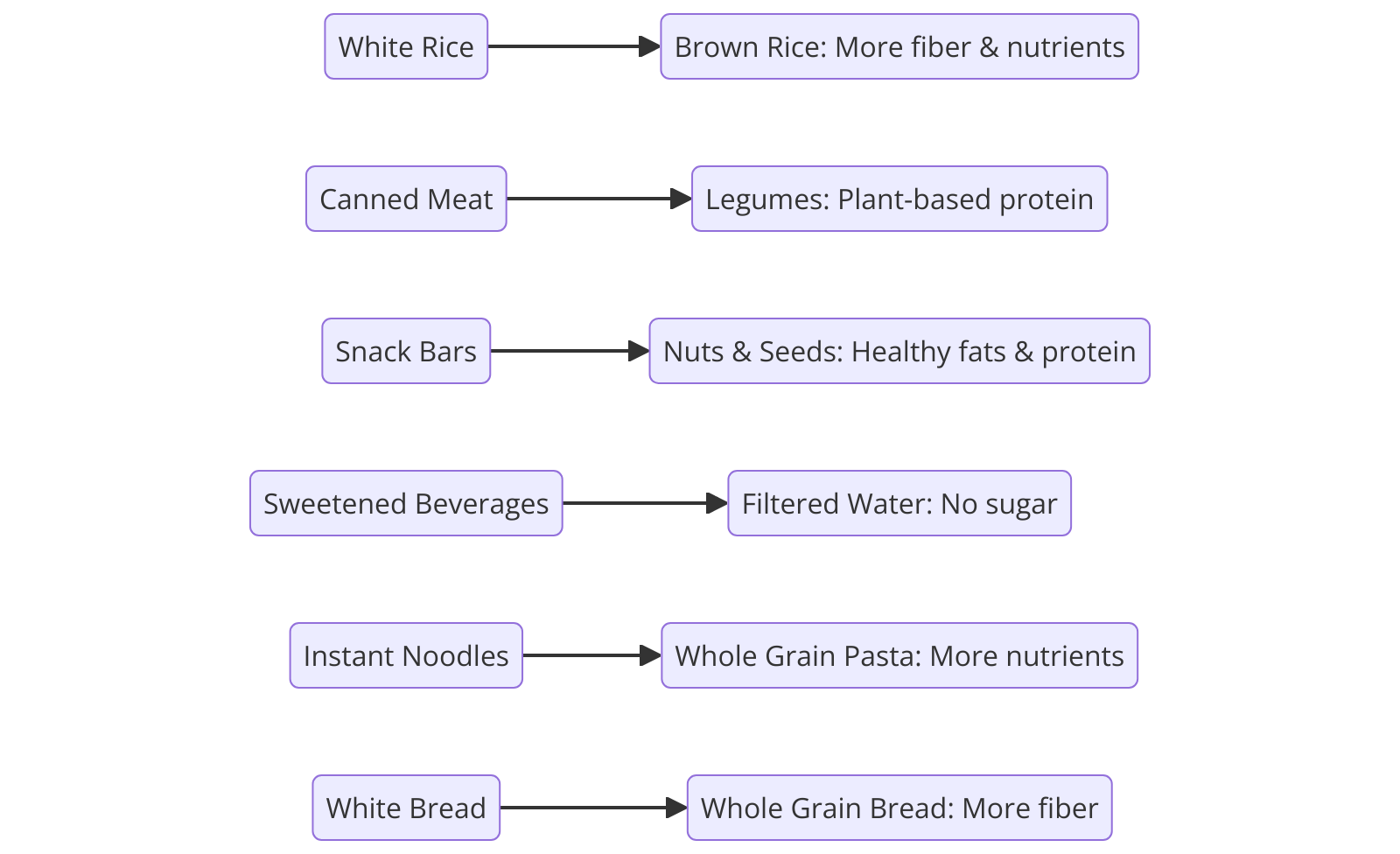
Instead of butter, opt for margarine to incorporate healthy fats into your meals.
Enriched flour can provide essential nutrients that might be lacking in a restricted diet.
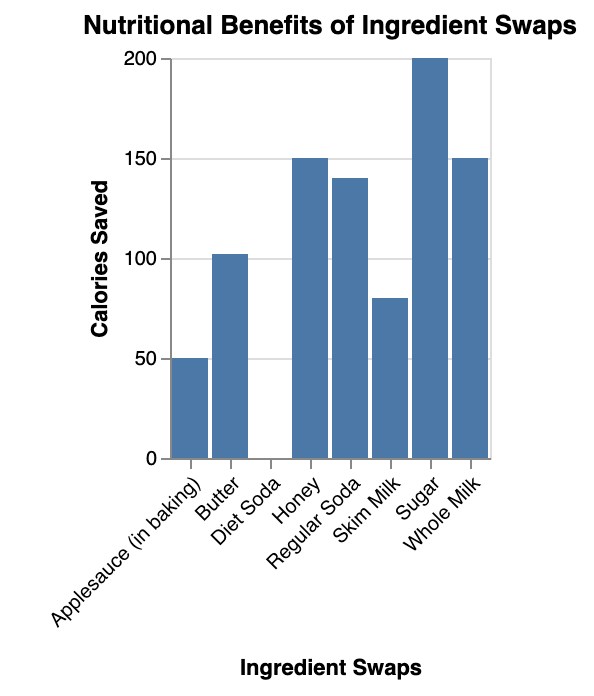
Consider using berries as a flavorful and nutrient-rich alternative to traditional snacks.
Dietary Planning for Survival Scenarios: Essentials and Practical Tips
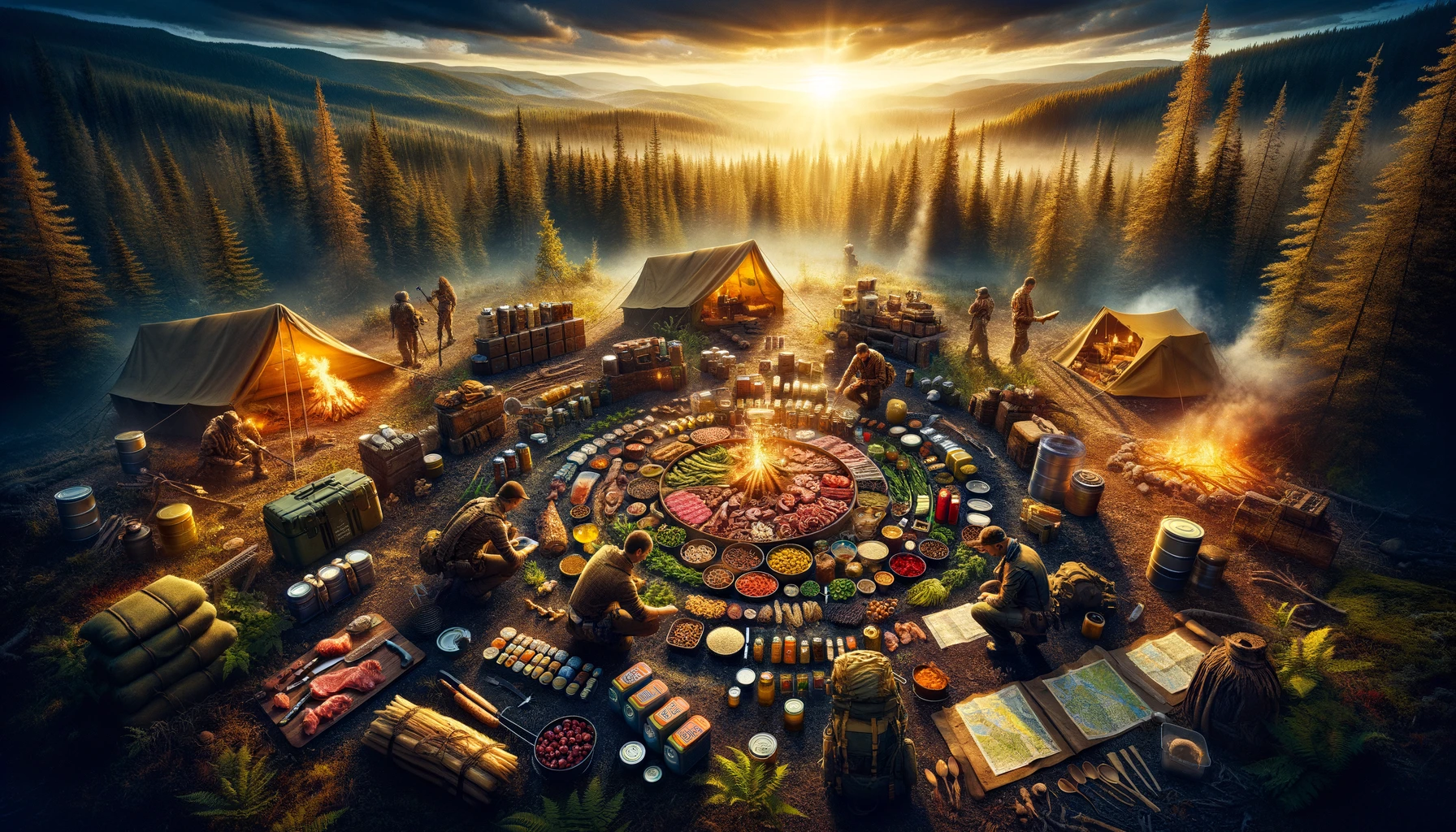
Optimizing Nutrient Intake
Ensuring adequate nutrient intake is crucial for maintaining optimal body weight and brain function in survival scenarios.
A well-stocked pantry with a variety of foods rich in vitamin K can support overall health.
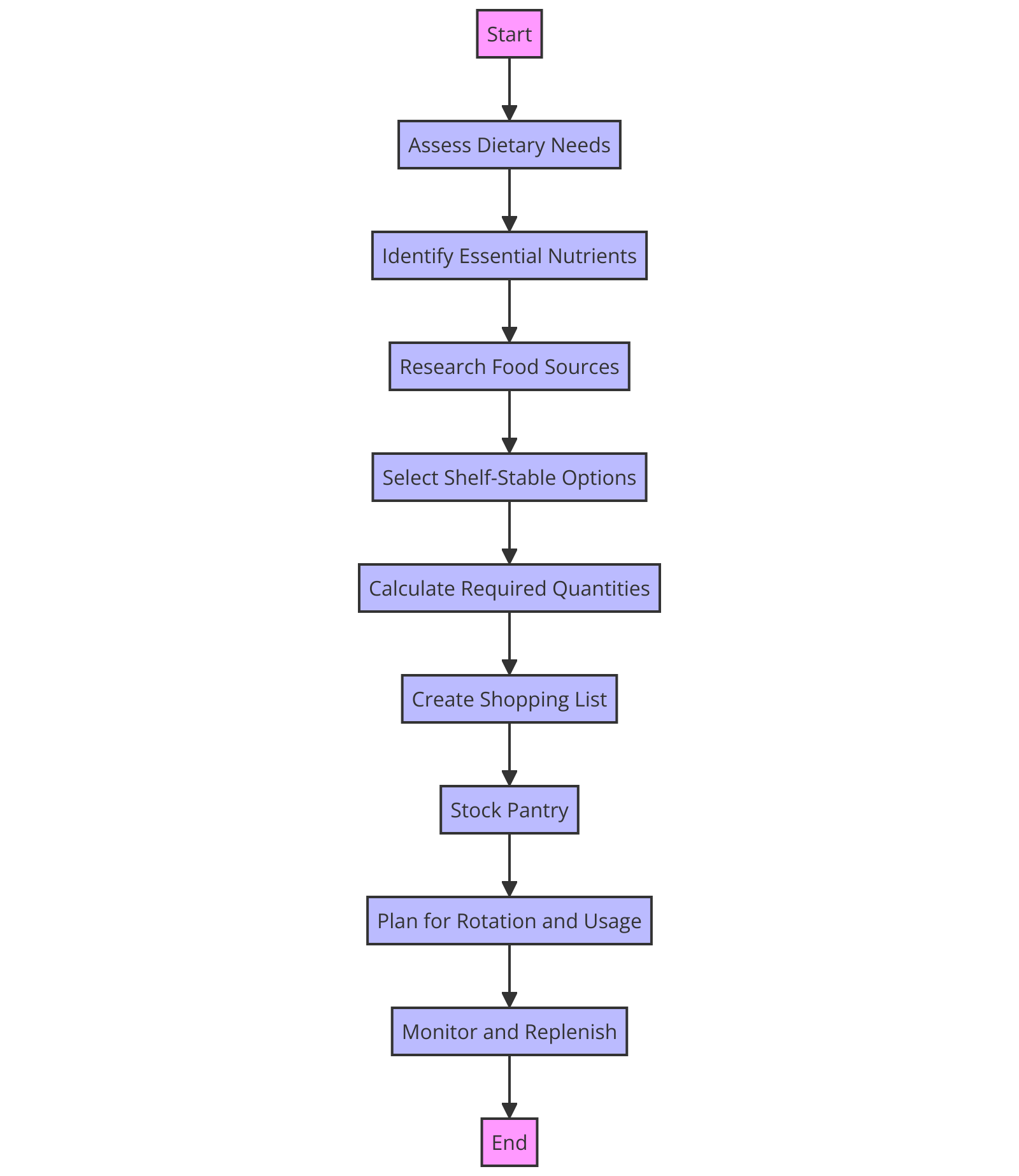
Consider the proportion of different food groups in your diet to meet daily nutritional needs.
| Food | Shelf Life | Nutrient Profile |
|---|---|---|
| Rice | Several years | Carbohydrates, some protein |
| Beans | Several years | Protein, carbohydrates, fiber |
| Canned Tuna | 2-5 years | Protein, omega-3 fatty acids, vitamin D |
| Peanut Butter | 1-2 years (unopened) | Protein, healthy fats, vitamin E |
| Dried Pasta | Several years | Carbohydrates, some protein |
| Canned Vegetables | 2-5 years | Vitamins (A, C, K), minerals (potassium, calcium), fiber |
| Rolled Oats | 1-2 years | Carbohydrates, fiber, protein |
| Canned Beans | 2-5 years | Protein, carbohydrates, fiber |
| Honey | Indefinite | Carbohydrates (mostly sugar), small amounts of vitamins and minerals |
| Canned Soup | 2-5 years | Protein, carbohydrates, vitamins, minerals |
| Nuts | 6-12 months | Healthy fats, protein, fiber |
| Dried Fruit | 6-12 months | Carbohydrates, fiber, some vitamins and minerals |
Additionally, staying hydrated is essential; having a beverage like water or electrolyte drinks can prevent dehydration and support life expectancy in challenging situations.
Balancing Consumption
The human body may need higher energy and nutrient levels during survival scenarios due to increased physical activity and stress.
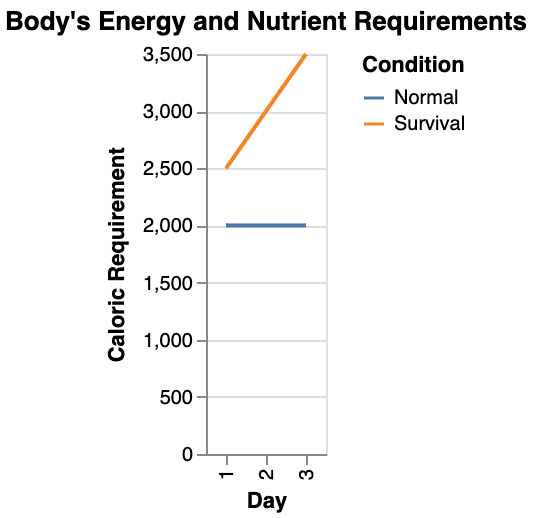
Adjust your food consumption to match these demands.
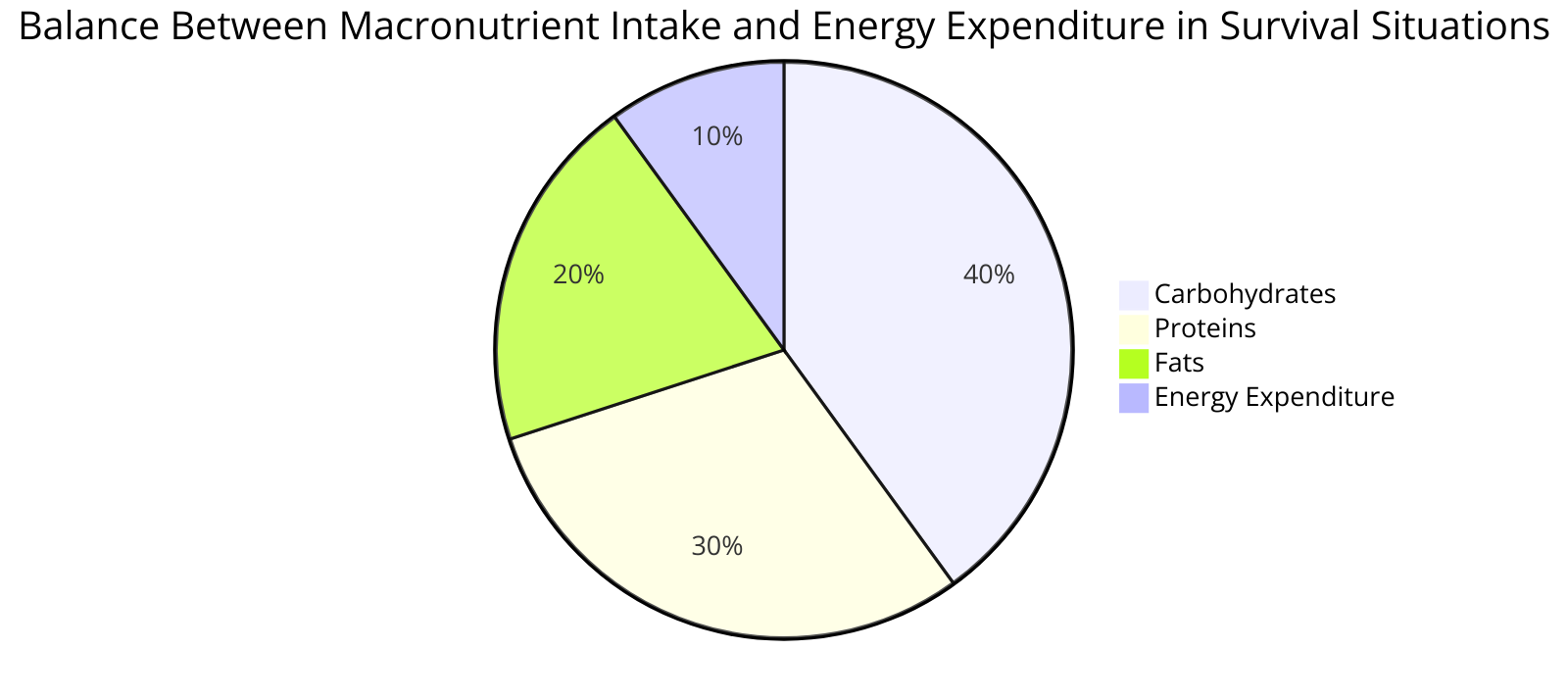
Monitor your diet to avoid excessive intake of fats and sugars, which can lead to health issues.
Prioritize foods that provide sustainable energy and essential nutrients, aiming for a balanced and varied diet.
More Resources:
- Changes to the Nutrition Facts Label by the FDA offers essential information on understanding food labels to make healthier choices.
- Salt and Sodium by the CDC provides insights into managing sodium intake for a balanced diet.
- Extra Protein Dietary Choice by Harvard Health Blog discusses the role of protein in diet and health.
- Added Sugars by the CDC offers information on the impact of added sugars on health and how to minimize intake.
- Healthy Food Environments by the CDC provides strategies for improving access to healthy food options.


